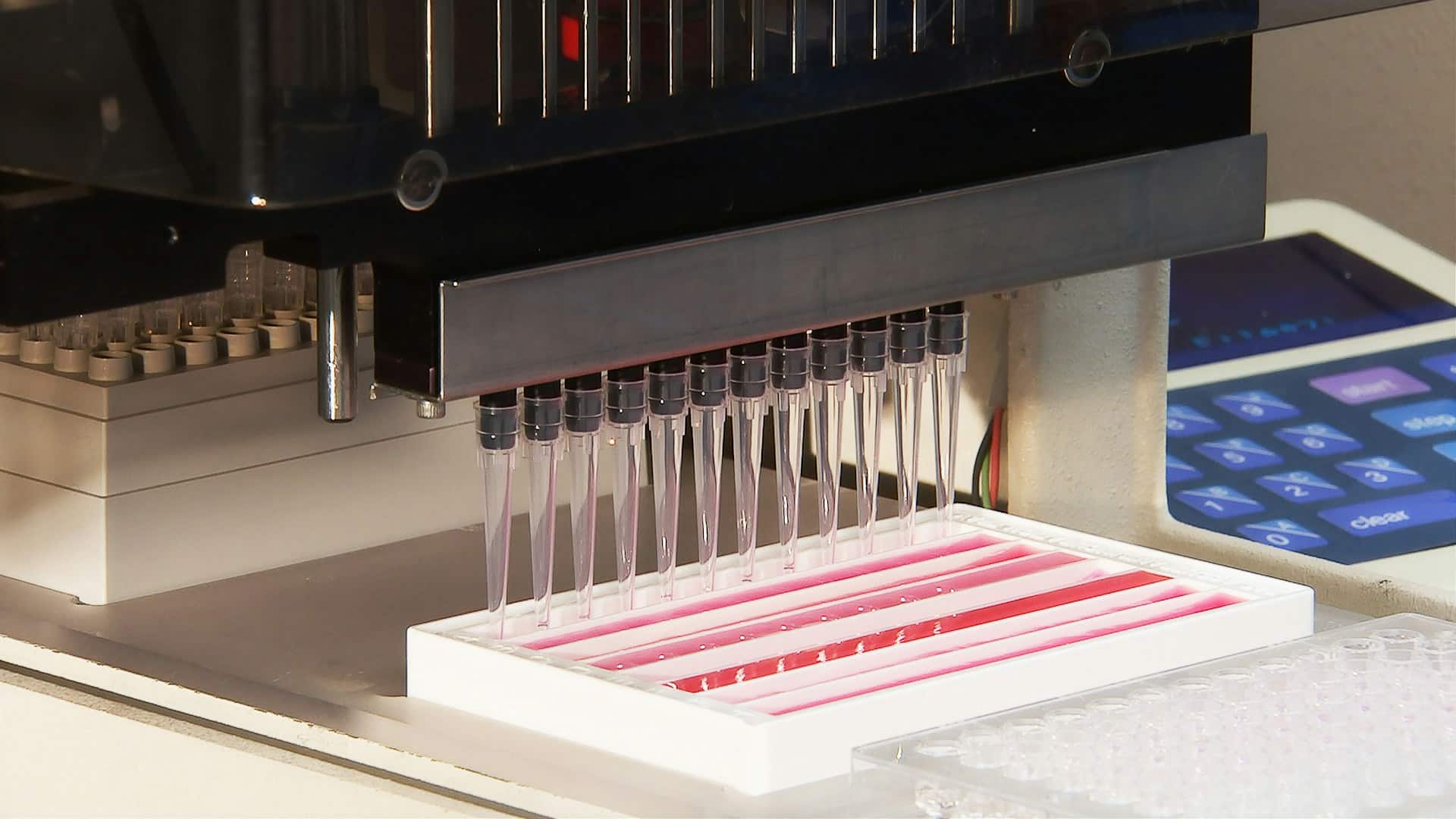Transcriptomics: Advancing Our Understanding Of Health At The Cellular Level
RNA sequencing, commonly referred to as RNA-seq, is a cutting-edge high-throughput method that enables scientists to explore the transcriptome—the entirety of RNA molecules present in a biological sample at any given time. Unlike static DNA sequencing, RNA-seq offers a dynamic insight into gene expression and regulation, revealing the nuances of cellular activities. This expansive scope makes RNA-seq a vital tool in both research and medical applications.
The Significance of RNA Sequencing
RNA-seq has fundamentally transformed molecular biology for several reasons:
– Quantification of Gene Expression: This method allows researchers to measure gene expression levels across various conditions or developmental stages, facilitating a better understanding of biological processes.
– Identification of Novel Transcripts: RNA-seq plays a crucial role in discovering new RNA molecules, including those resulting from alternative splicing.
– Detection of Fusion Genes and RNA Editing: It can uncover genetic anomalies that could be involved in diseases, helping to illuminate disease mechanisms.
– Characterization of Non-coding RNAs: RNA-seq aids in studying non-coding RNAs, which have essential regulatory functions in cellular processes.
– Comparative Transcriptomics: By analyzing transcriptomes from different species or cell types, RNA-seq offers insights into evolutionary changes and functional divergence.
The Workflow of RNA Sequencing
The RNA-seq process consists of four core steps:
1. RNA Isolation: Total RNA is extracted from the biological sample, often enriched for specific RNA types like mRNA.
2. Library Preparation: The isolated RNA is reversed transcribed into complementary DNA (cDNA) and prepared for sequencing by attaching specific adapters that facilitate amplification.
3. Sequencing: Utilizing advanced platforms such as Illumina or Oxford Nanopore, millions of sequenced reads are generated, representing fragments of RNA.
4. Data Analysis: This step involves quality-checking the reads, aligning them to a reference genome, and calculating expression levels.
Diverse RNA-Seq Approaches
Researchers can choose from several RNA-seq techniques based on their specific needs:
– Bulk RNA-Seq: Averages gene expression over multiple cells, providing a generalized view of expression levels.
– Single-Cell RNA-Seq (scRNA-Seq): Enables profiling at the individual cell level, revealing cellular heterogeneity.
– Strand-Specific RNA-Seq: Maintains information regarding the original DNA strand that produced the RNA, important in analyzing overlapping genes.
– Total RNA-Seq: Captures both coding and non-coding RNAs for a comprehensive understanding of the transcriptome.
– Targeted RNA-Seq: Focuses on specific genes, optimizing sensitivity and minimizing costs.
Applications of RNA Sequencing
The versatility of RNA-seq extends across various fields, including:
– Disease Mechanism Studies: It can identify altered pathways in illnesses such as cancer and neurological disorders.
– Drug Discovery: Researchers use RNA-seq to understand how treatments invoke transcriptomic changes.
– Agrigenomics: RNA-seq aids in examining stress responses and traits relevant to crop yield.
– Evolutionary Biology: By comparing transcriptomic data, scientists can study species adaptation and divergence.
Challenges in RNA Sequencing
While RNA-seq offers remarkable benefits, there are notable challenges:
– Dynamic Range and Bias: Detecting low-abundance transcripts can be challenging, and preparation protocols may introduce bias.
– Computational Complexity: Analysis of large datasets necessitates sophisticated bioinformatics tools and expertise.
– Cost of Deep Sequencing: Detailed investigations may require extensive sequencing to adequately capture rare RNA species.
The Future of RNA Sequencing
The field of RNA-seq is advancing towards integrating long-read sequencing, which enhances isoform resolution. Future developments also include multi-omic approaches that combine transcriptomics with proteomics and epigenomics, as well as spatial transcriptomics, which preserves the tissue structure while mapping expression profiles. As sequencing costs decrease and analytical methodologies improve, RNA-seq is poised to facilitate remarkable advancements in precision medicine, biotechnology, and our understanding of fundamental biological processes.










